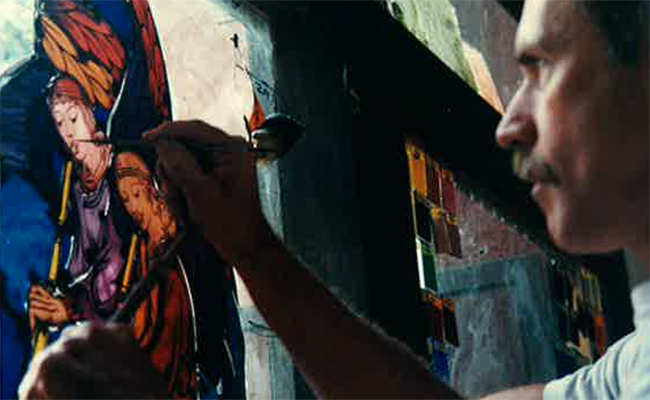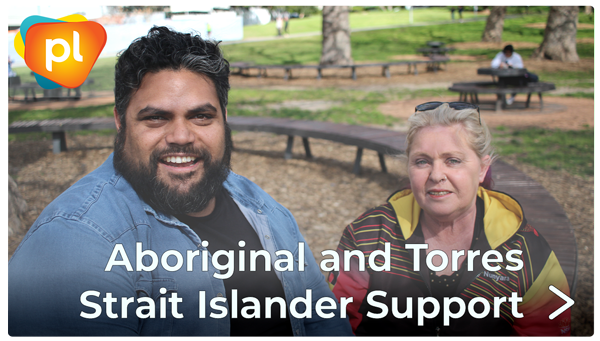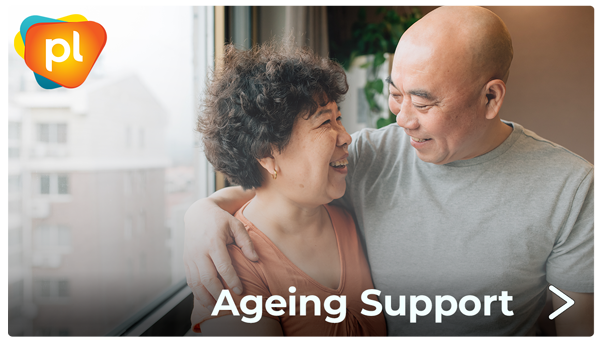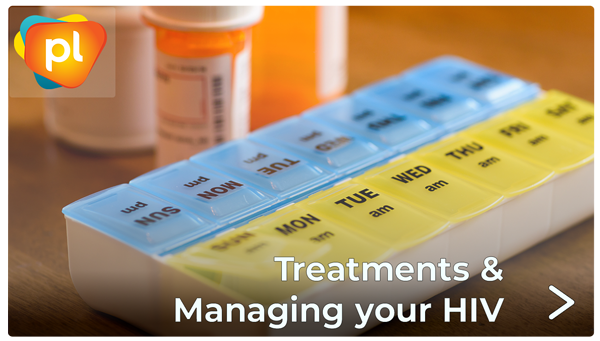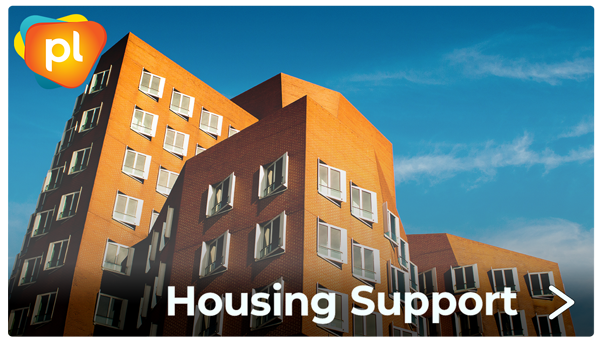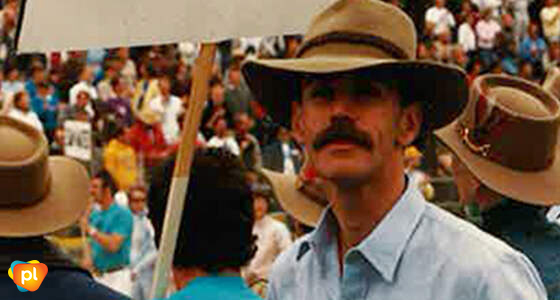
I wasn’t very interested in politics or activism when I was a young man in the 1970s. I was too busy having lots of sex with lots of men. It was through those men and their diverse lives that I started to work out who I was, and what my place was in the world. Sydney in the 70s was a cool place to explore your sexuality. After Whitlam came to power, Australia seemed to grow-up and change for the better. The conservatism of the 50s and 60s melted away in a flurry of sexual and drug experimentation and a new more liberal morality was the result. I was spending time with a guy I’d met at Sydney University, and we shacked-up together in a run-down semi in East Balmain. There was lots of dope smoking, music and adventures in beats and gay bars in Kings Cross and Oxford Street. Guys were experimenting and bisexuality seemed to be everywhere. In a Victorian detached house in Rozelle not far from where we lived, members of a gay bike club met at weekends. These were guys who rode motor bikes, smoked dope, wore leather, and were interested in more than a quick hand-job. I was in heaven, and so were they.
In 1976, my boyfriend and I split. He went to London and I stayed on for a while before flying to Athens and then buying a bike and touring through Italy and France, ending up in London. I remember pushing that bike down the platform at Victoria Street Station, sun tanned and looking like a million dollars – and thinking, boy am I going to have fun with these pasty-white poms. And I did! London during the late 1970s was going-off – the Coalherne Pub in Earls Court, the leather crowd cruising Hampstead Health at night, and the London Public Underground toilets, most of which were very busy beats. There was even a Saturday night gay dance party called Heaven for those who preferred dancing before sex.
My best mate worked for the Department of Immigration in Australia House and had an apartment in the West End. Although living and studying in Wales, I had a key and weekends were spend in London with him. He loved fisting! Saturday nights were fisting parties for a select group of guys who he’d recruited over the years, and the apartment was transformed on Friday night for the festivities. There were lots of drugs, dope, acid and cocaine I remember, Crisco, plastic covered furnishings, and dildoes. He was one of those gay men who was sophisticated, educated (spoke five languages fluently) and a total pig. He died of AIDS at his parents’ home in Western Sydney in 1983. It was my first exposure to the spectre of AIDS, death and suffering, and it left an indelible imprint on my memory.
I’m not sure where I contracted HIV, whether it was at one of those fisting parties, or on one of the trips to the Mineshaft in New York or the Argos Bar in Amsterdam. In late 1979 I remember feeling very unwell and struggling to walk up the hill to my lodgings. I consulted a local GP in Swansea who did a range of tests and told me I had an unspecified viral infection. I left the UK in 1980 and returned to Sydney via New York and San Francisco. I got a job as a barman at the Beresford Hotel in Surry Hills. It was fun, the money was OK and there was lots of hot men around. Life was good.
In 1981 I opened my studio in Surry Hills and began to put the education to use. Back in London I’d heard from ex-pats about gay life in Sydney. Sydney was buzzing in the early 80s. Bars like the Signal and Barracks were jumping and some smart gay-dudes who were cashed-up were running private dance/fuck parties in the cattle sheds at the Show Ground in Moore Park. You’d be dancing away off your tits and fall into a concrete piss-trough in the floor. All very novel. Then there were the horse stalls which were great fun until someone shoved a bottle of amyl nitrate into a horse’s face and got bitten and kicked.
I met a guy at the beat at Wentworth Park and we started seeing one another. He was a major in the army reserve and worked in the city by day. He also liked cocaine and we were having a great time together. After a while we drifted apart and the next time I saw him, he wasn’t looking well. He had lost weight and the body beautiful was gone. The next I knew he was going to Switzerland for some type of cancer treatment. That was 1982. At about the same time my friend Kevin arrived home from London. He was admitted to St Vincent’s Hospital with pneumonia. A bit earlier in 1981/2, Sydney started to hear reports of guys getting sick in New York, San Francisco and London with strange cancers and pneumonias. People speculated that it was caused by lifestyle – too many drugs, sex and amyl nitrite. Now it was happening in Sydney. I remember thinking that if it was infectious that I most likely had it. How could I have not been infected after what I’d been up too!
The reports from San Francisco and London became more worrying. I got a call that Kevin was dying and made the trip out to his parent’s home in Western Sydney. I spent about 15 minutes with him. He was close to death and I’d never experienced anything like it before; the laboured breathing, the look of death in his eyes, his abject suffering. His parents were in a dazed haze of disbelief. Shock I suppose. He died the next day. I don’t remember the funeral, I think I was ‘de-gaying’ his house in Paddington and also in shock. It was to be the first of many more deaths and funerals!
A week before Sleaze Ball in 1984, I decided to go for a test and find out if I had it. At that time they were measuring CD4 cell counts. A week later I went back to Taylor Square Private Clinic to get the results. All I remember is the doctor telling me I had 210 CD4 cells. When I asked him what that mean, he said “well, we don’t know very much about the disease yet, but you’ve probably got about a 95% chance of contracting a serious life-threatening condition within the next two years”. Stunned, I left the surgery and went home to process what I’d been told. My boyfriend at the time wasn’t very supportive. His attitude was “you’ll be OK, get over it” and that attitude marked a turning point in our relationship. In the meantime, people we both knew were getting sick. Some were hospitalised. I remember sitting on the cliffs at Bondi thinking this might be the last time I did a Sleaze Ball.
We were scared and started cleaning up our acts. I cut down on the party drugs and worked hard at the gym. The Sydney Gay Sports Association and the Sydney Gay Front Runners started up. I joined a gay volleyball team and playing competition every Wednesday night. I was trying to stay as healthy as possible. In 1986, our team went to the Gay Games in San Francisco. I stayed with an old friend on 18th Street near the Castro. He’d been a friend since our days working together as a barmen at the Beresford. One of the guys sharing the apartment began to become unwell. He was a big strapping guy from NZ and worked at the local gay gym as a personal trainer. I remember him drinking diluted hydrogen peroxide because some shonk had told him it would help. It didn’t! He died some months later.
The tell-take signs of AIDS were visible all over the Castro. The locals organised fund raising movie nights in the Castro Theatre to help guys who were in need. There were guys begging on the corner of 18th Street and Castro. It was horrible. Some had KS lesions on their face and hands and were painfully thin. They squatted on the pavement with hand scrawled signs saying “please help me”. After the Games we tried to party on but it seemed hollow and insensitive. I stayed for a couple of months and then heard that one of my mates had taken a turn for the worst and flew home. I arrived at Sydney Airport early in the morning. The customs officer decided to dismantle and inspect my luggage. She took what seemed like hours to go through the contents. By the time I got home I heard that my friend had just died. He’d hung on waiting to say goodbye, but in the end couldn’t hold on any longer. I was distraught! Some of us made the trek to Millthorpe in Central NSW where he’d grown up. The funeral was a joyless affair. Ironically, the year before he’d died he been working as a barman at the Albury Hotel. When the signs of AIDS finally appeared, the Licensee decided that he was not a good look and bad for business. He was asked to go. I remember sticking pins in an effigy of that owner for some time after.
The period from 1987 to 1991 was a blur. Commissions, commissions and more commissions. I moved to a bigger studio in Leichhardt. Friends and acquaintances continued to weaken, then sicken and die. My best mate committed suicide. On one side of the funeral chapel were the Italian family and on the other side his ungodly and dissolute gay mates. It was a toxic environment. A Queen at the back of the chapel yelled out in a high-pitch and emotionally thin voice “If you don’t turn that fucking hideous music off, I’ll scream”. We huddled in the rain as they carried the coffin to the hearse. Nobody spoke.
About this time, AZT monotherapy came onto the scene, but my sense was that there was limited or no benefit. I declined to take it. Increasingly I was being kept alive by prophylaxis drugs. Bactrim for Toxoplasmosis and PCP, Fluconazole for fungal infections, Valtrex for herpes zoster, and fortnightly injections of Decca Derabolin for wasting syndrome. I had a CD4 count of less than 10 and was constantly dealing with CMV in the gut. There were weeks in bed with lung and throat infections. In 1991, I took my doctor’s advice, stopped work and went onto the Disability Support Pension. Retreating to my home in suburban Sydney, I spent a lot of time alone gardening and helping others come to terms with the inevitable course of the disease. I visited friends and watched the inexorable decline in the health of my friends. One of those friends was my mate from 18th Street in San Francisco. By then, all the guys in the house had died of AIDS and he returned to Sydney. He stayed for a while but his health deteriorated and I remember farewelling him when he flew back to the UK. We both knew it would be the last time we spoke to one another. It was a horrible time and now I have difficulty remembering much of that period in any detail. I think I wiped it from my memory in an unconscious attempt to maintain some semblance of sanity.
In 1995/6, the early protease inhibitors became available via compassionate access. My first combo was AZT, 3TC and sequinivir. It worked, but the side-effects were intolerable. They switched the AZT to D4T. Within six months I started to notice tingling and numbness in my feet and hands. Within a year I couldn’t run to catch a bus. I hung in there hoping the drugs would improve. In ’98 they changed my regime to DDI, hydroxyl urea and indinavir. On my 50th birthday after weeks of gut problems I was hospitalised with pancreatitis. The treatment was nil by mouth and shots of pethidine and maxalon every four hours. When I was discharged from hospital I weighed 54kgs and needed a wheelchair. I had cheated death and it was time for something new.
The road back to health was a slow one. But, within a few months I was working again on a major commission. It was an act of love and I knew it was the last major commission I’d do. When it was finished I walked away from that chapter in my life knowing that there was nothing more that I wanted to prove. But I did start searching for something more meaningful to do. I wanted to be with my own tribe, with gay men and with people with HIV. It was about then that I met Geoff Honnor. He encouraged me to find a new doctor and I went back onto salvage therapy. My goal was to go back to work when my CD4 got to 200 and within a couple of years it did.
In 2001, ACON were looking for someone to baby-sit the Positive Living Centre (PLC) in Surry Hills while they recruited a manager. They’d taken over the project after it became dysfunctional and defunded. Many of the HIV-positive men who came to the PLC were much like me. They had stopped work at some point in time due to HIV-related illness and were getting the DSP. Many were angry, disillusioned and depressed about how their lives had turned out, and they were trying to get by as best they could and make sense of the madness. I enjoyed their company and decided to apply for the position of manager. Surprised at the appointment, I turned my energies to making the PLC a safe and welcoming place for all people with HIV. Those early days were a challenge for clients and staff alike. The police were regularly called to break up fights and help deal with men who were out of control. Eventually though, there was a change for the better. We started running reskilling courses on how to use computers, in writing, in arts and crafts, in cooking and food preparation, and in skilling-up for administrative jobs. There was a peer weekend workshop for newly diagnosed men called Genesis, quarterly social nights and on Fridays a social lunch. 50-60 guys would eat together and catch-up with friends. Visits by the policy became rare and more and more people started coming to the PLC.
In 2006 it was time for a new challenge. I started writing HIV-related content for the ACON website and for HIV-related health promotion campaigns. Tony Abbott was the Minister for Health in the Howard Government and before they departed office he announced the roll-out of a new Medicare rebated dental scheme for people with chronic disease. Understanding the potential we encouraged people with HIV to get a referral and start the process of reconstructive dental treatment. That scheme over the next few years changed the lives of many HIV-positive gay men. By restoring mouths and allowing them to reengage in employment and regain new social confidence and prosperity, the scheme was arguably the most beneficial health intervention after combination antiretroviral therapy. Witnessing the transformation in people’s lives, made me increasingly aware of the power of public policy to change the lives of people with HIV for the better.
In 2008, Positive Life NSW created a new systemic advocacy position and I was appointed. The role was to identify barriers to service access and develop joint strategies to affect better outcomes for people with HIV. It was a dream job, the only funded role in Australia. I had never written a formal submission or a briefing document, let alone provided evidence to a government inquiry. But there were courses where I could learn the skills and mentors providing advice. And effecting some positive change for people with HIV gave me courage. I felt like I had landed.
I’ve been in that role for six years and during that time, it has changed and grown. We’ve improved access and affordability of HIV medication, changed the way the Department of Forensic Medicine treats the bodies of people infected with HIV and HCV, and gained access to life insurance products for people with HIV in Australia, something that was denied to them for 15 years. We have helped to improve HIV-positive people’s acceptance and understanding of the benefits of modern HIV-treatment and played a role in reducing HIV transmission in NSW, and we’ve partnered with the HIV/AIDS Legal Centre on a range of projects to help people with HIV better understand their rights and responsibilities.
There are many more issues that will need to be worked through in the coming years. Appropriate and non-discriminatory services for people who are ageing with HIV, measures to help people with depression and neurocognitive impairment maintain health and wellbeing, drug and alcohol issues, and assistance for those who are living in poverty and struggle to afford the health care and accommodation they need. Over the last decade we’ve witnessed an increasing move towards a more medical model of HIV management and care. The challenge for people with HIV will be to step-up and remain central and vital in the planning of all future service delivery and public policy. That is if we are to avoid an ongoing disinvestment in the HIV service sector. The danger is that as HIV becomes more normalised, people with HIV will disengage and become passive recipients of services and the public policies that shape them. That would be a reversal in the involvement of people with HIV in the Australian epidemic and I have no intention of accepting that reality. Many of my mates may be dead from AIDS, but their impact on me lives on.
And, that’s the story of how an unlikely lad from suburban Sydney ended up becoming an advocate for people with HIV. Maybe not that unlikely after all. Most of us end up putting one step after the other.
Lance Feeney
Published for Talkabout Online #185 – March 2016
Published as Effecting change gave me courage, p 167 in Through our eyes: Thirty years of people living with HIV responding to the HIV and AIDS epidemics in Australia, (July, 2014) by the National Association of People With HIV Australia (NAPWHA).

